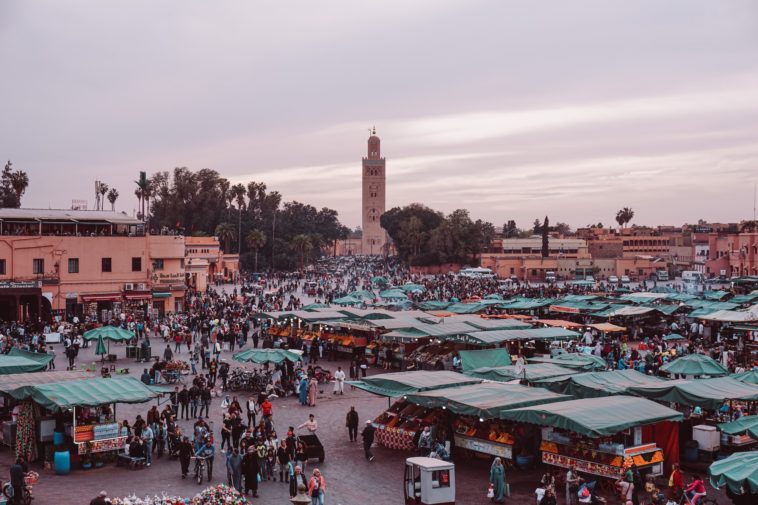Marrakesh, a city in Morocco, serves as a quintessential crossroad of culture, history, and modernity. Situated in the northwest of Africa, this city poses a myriad of challenges and opportunities. As policymakers and stakeholders navigate these complexities, it becomes crucial to examine the key factors that impact Marrakesh. This comprehensive analysis delves into the economic, cultural, environmental, and infrastructural factors shaping the city, discusses the trade-offs involved, and sheds light on the challenges associated with managing a dynamic urban landscape.
Geographic and Demographic Overview
- Location: Marrakesh is located at 31.6295° N latitude and 7.9811° W longitude.
- Climate: Predominantly semi-arid, experiencing hot summers and mild winters.
- Population: Approximately 1 million residents, with a diverse ethnic mix including Berbers and Arabs.
Economic Factors
Tourism
Tourism is one of the pillars of Marrakesh’s economy. The city welcomes millions of tourists annually, lured by its historic sites, such as the Jardin Majorelle and Bahia Palace, as well as its vibrant local markets, or souks.
Impact
- Positive: Significant revenue generation and employment opportunities.
- Negative: Potential for cultural commodification and loss of local authenticity.
Agriculture
Agriculture plays a pivotal role, with the region surrounding Marrakesh being rich in olive and orange orchards.
Impact
- Positive: Source of local produce and job creation.
- Negative: Resource-intensive, particularly in water usage, posing environmental challenges.
Cultural and Historical Factors
Islamic Influence
Islamic traditions deeply influence the social and architectural fabric of the city, reflected in its mosques and Islamic schools, known as Madrasas.
Impact
- Positive: Cultural richness and a distinct identity.
- Negative: Potential challenges in integrating different cultural norms and religious beliefs.
Heritage Preservation
The preservation of historic sites like the Medina, a UNESCO World Heritage Site, remains a priority.
Impact
- Positive: Boosts tourism and preserves cultural identity.
- Negative: Heavy financial requirements for upkeep.
Environmental Considerations
Water Scarcity
Marrakesh faces issues of water scarcity due to its semi-arid climate.
Impact
- Positive: Promotes innovative water-saving techniques.
- Negative: Constrains agricultural and urban development.
Pollution
Rapid urbanization has led to increasing pollution levels.
Impact
- Positive: None
- Negative: Affects quality of life and could deter tourism.
Infrastructure and Urban Development
Transportation
The city has been investing in modern transportation solutions, including trams and buses.
Impact
- Positive: Facilitates mobility and economic growth.
- Negative: Gentrification and potential displacement of low-income residents.
Housing
A mix of modern high-rises and traditional Moroccan architecture defines Marrakesh’s housing landscape.
Impact
- Positive: Accommodates diverse socio-economic groups.
- Negative: Strain on infrastructure and public services.
Trade-offs and Challenges
Balancing Economic Growth and Cultural Integrity
Fostering economic growth through tourism and agriculture often conflicts with maintaining the city’s cultural authenticity.
Environmental Sustainability vs. Development
The push for modernization poses environmental challenges, particularly concerning water scarcity and pollution management.
Social Inclusivity vs. Modernization
Modernization projects can lead to gentrification, posing challenges in maintaining social inclusivity.
Conclusion
Marrakesh stands at an intersection of multiple complexities—economic, cultural, environmental, and infrastructural. Policymakers must navigate a labyrinth of trade-offs and challenges to make informed decisions. As stakeholders consider future projects and initiatives, a balanced approach that takes into account the diverse impacts on Marrakesh is imperative. With a comprehensive understanding of these multifaceted issues, informed decisions can pave the way for a sustainable and inclusive future for the city.





